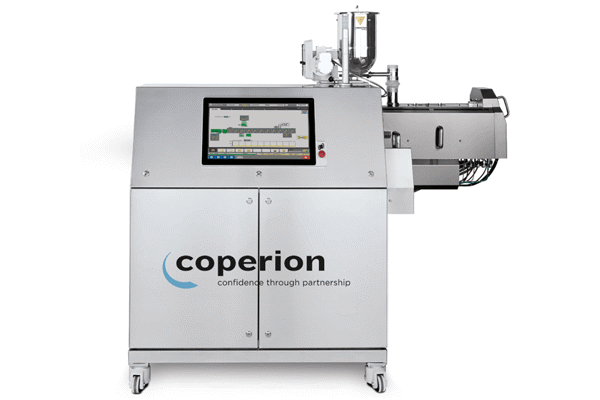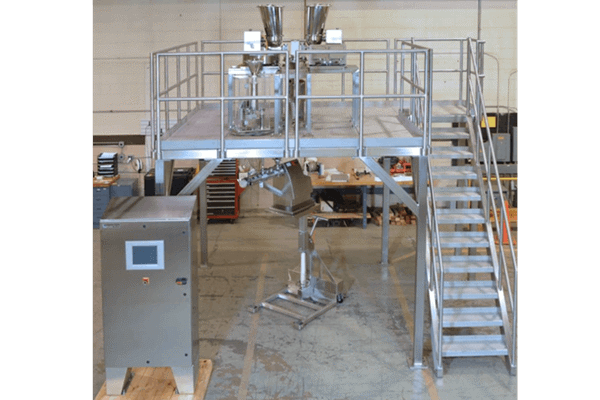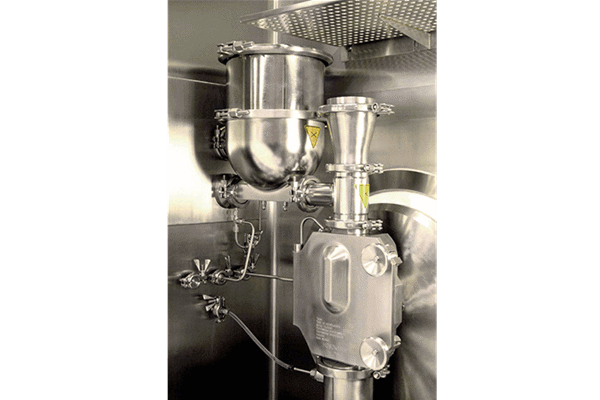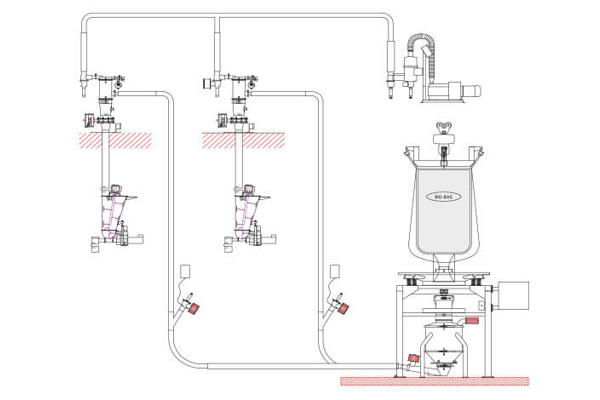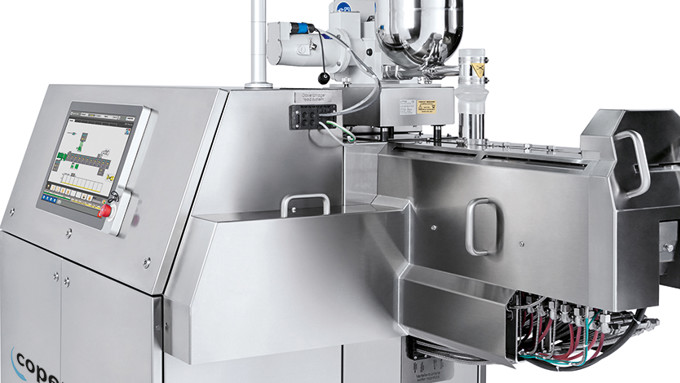Superior expertise, equipment design and process knowledge for the feeding, material handling and extrusion of continuous and semi-continuous processes
As the pharmaceutical industry continues to accelerate the current paradigm shift in pharmaceutical processing from batch to continuous, Coperion and Coperion K-Tron have continued to be technology leaders in this mode of manufacture. Our high-accuracy loss-in-weight feeders, integrated pneumatic refill systems, and continuous pharma extruders have become critical components of various continuous and semi-continuous processes, such as continuous direct compression, continuous wet and dry granulation and hot melt extrusion, milling and micronization, and continuous coating. Our loss-in-weight feeders, pneumatic systems and extruders are available in hygienic easy clean executions, with options on various modes of product containment, cleaning, and accessibility. Extensive continuous process knowledge, as well as design expertise in handling even the most difficult excipients and active ingredients have made Coperion and Coperion K-Tron the industry leaders in continuous manufacturing technology.
Typical continuous manufacture materials include:
- API’s (of varied potency levels)
- Excipients (e.g. microcrystalline cellulose (MCC), hydroxypropylcellulose (HPC), crosscarmellose sodium, lactose hydroxypropylmethyl cellulose (HPMC), silicon dioxide, titanium dioxide, povidone (PVP), crospovidone, starch, etc.)
- Lubricants (e.g. magnesium stearate, calcium stearate, stearic acid, etc.)
- Diluents and fillers (e.g. salt, calcium phosphate)
- Binders (e.g. carnauba wax, corn starch, gelatin, sucrose)
- Liquid Binders
- Coloring agents & preservatives (e.g. iron oxide, ferric oxide)
- Synthetic Polymers (e.g. polyvinylpyrrolidone (PVP), polyethylene glycol (PEG))
- Glidants (e.g. fumed silica, talc, magnesium carbonate)
- Sweeteners and flavorings
- Vitamins and antioxidants
- Final formulation blends






